This is How Euro 2020 Stadiums Look Like on Satellite Images
Source:SpaceWill Date:2021-07-09Take a look at how these stadiums in the world look like on the satellite images collected by SuperView satellites. SuperView are very high-resolution optical imaging satellites and produce quality imagery for global customers from the industries such as land, marine, agriculture & forestry, intelligence & defense, research, and education etc. Below are all the Europe 2020 stadiums imaged by SuperView (except for Hampden).

Formerly known as the Amsterdam Arena, the home of Ajax and renamed in 2018 in honor of the late Johan Cruyff, who had died two years previously. Built as a replacement for the storied Dutch club's previous home, De Meer, once it became too small for purpose, it was the first football stadium in Europe to boast a retractable roof. Its inauguration in August 1996 was marked by a game between Ajax and Milan, with the Italian side's midfielder Dejan Savicevic scoring the first goal there.
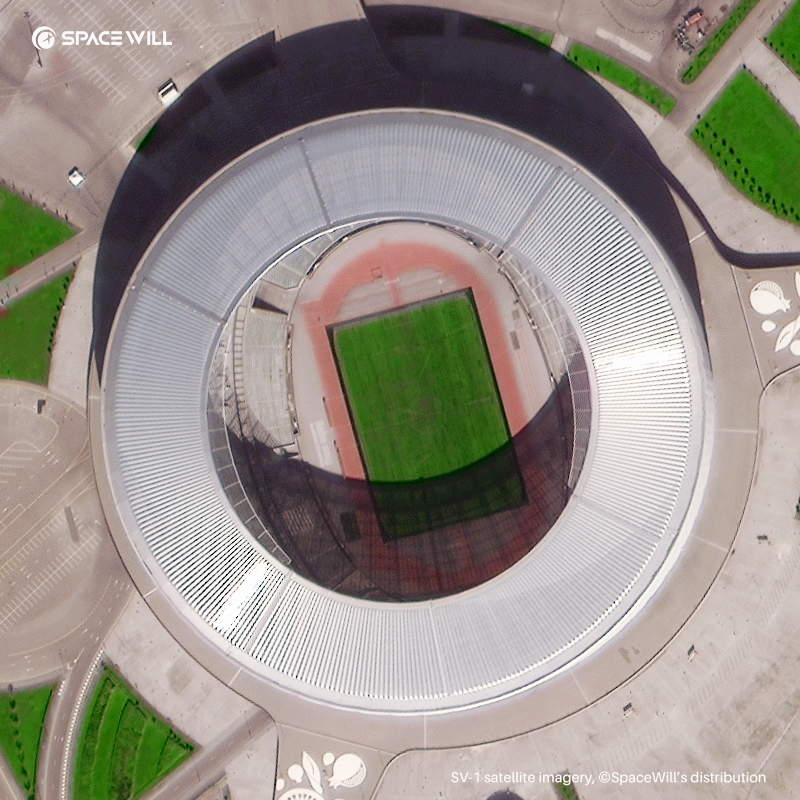
As the home of Azerbaijan's national football team,Baku Olympic Stadium was built at a cost of $600m on the shore of Lake Boyukshor. It opened in 2015, when it hosted the inaugural edition of the European Games. According to the architecture and design publication CLADmag, the stadium's "form was inspired by the ribbons of rhythmic gymnasts and strobe lighting is used to make the building look as though it's fluttering".
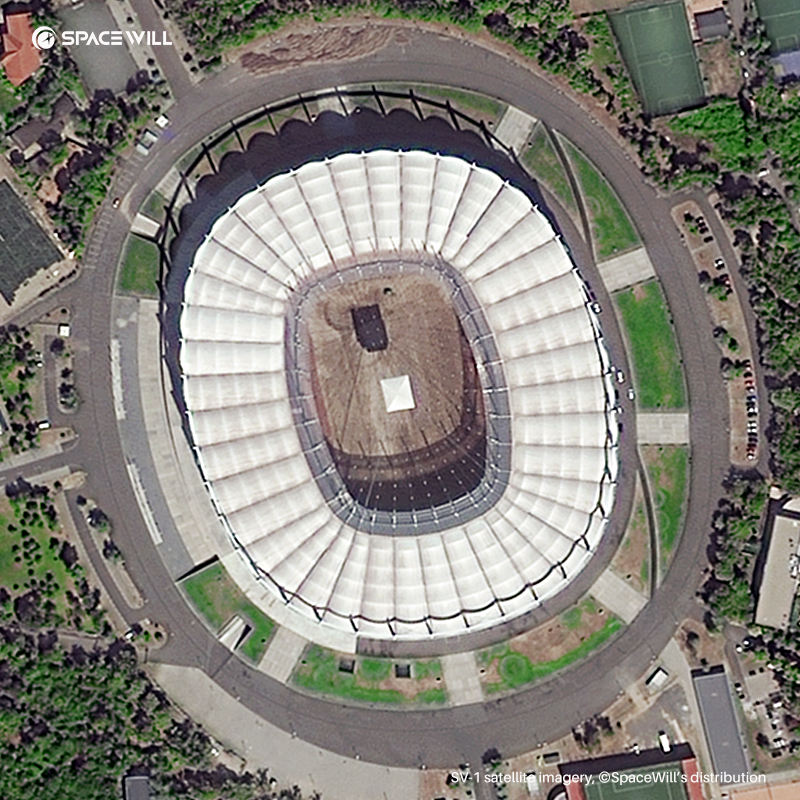
Built at a cost of $260m in the eastern suburbs of the Romanian capital on the site of its predecessor,National Arena is owned by the city municipality and is home to Steaua Bucharest, Dinamo and the Romania national team. A year after opening, it hosted the all-Spanish 2012 Europa League final between Atlético Madrid and Athletic Bilbao. The upper levels boast 42 VIP skyboxes, a lounge, restaurants, restrooms and concession areas.

Located just a 10-minute walk from Budapest Keleti central station,Puskas Arena is the largest stadium in the Hungarian capital and hosts the national team. The ground hosted the 2020 UEFA Super Cup between Bayern Munich and Sevilla and was more recently pressed into service as a replacement venue for various Champions League matches. The brainchild of architect Gyorgy Skardelli, it was designed with the preservation of its predecessor's character in mind and retains its old brick walls as its main entrance.
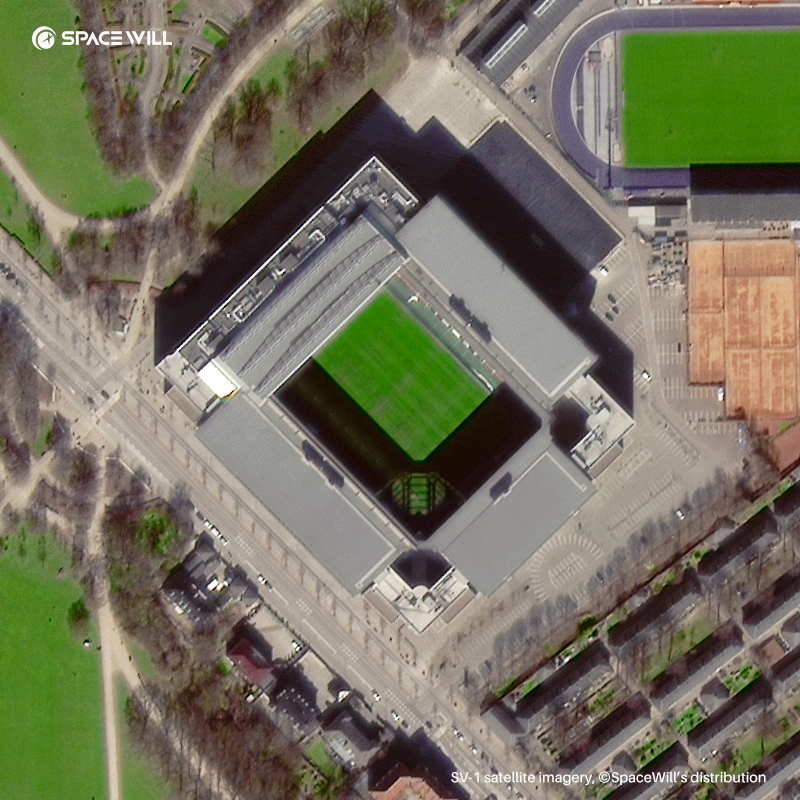
Built on the site of Idraetspark, Denmark's previous national stadium in the Indre Østerbro district,Parken Stadium is the largest football ground in Denmark and home to FC Copenhagen and the Danish national team. Refurbished with a view to staging concerts as well as football matches, it has a retractable lower seating tier at one end to facilitate a stage. Its record attendance remains the 60,000 who turned up for a Michael Jackson gig in 1997.
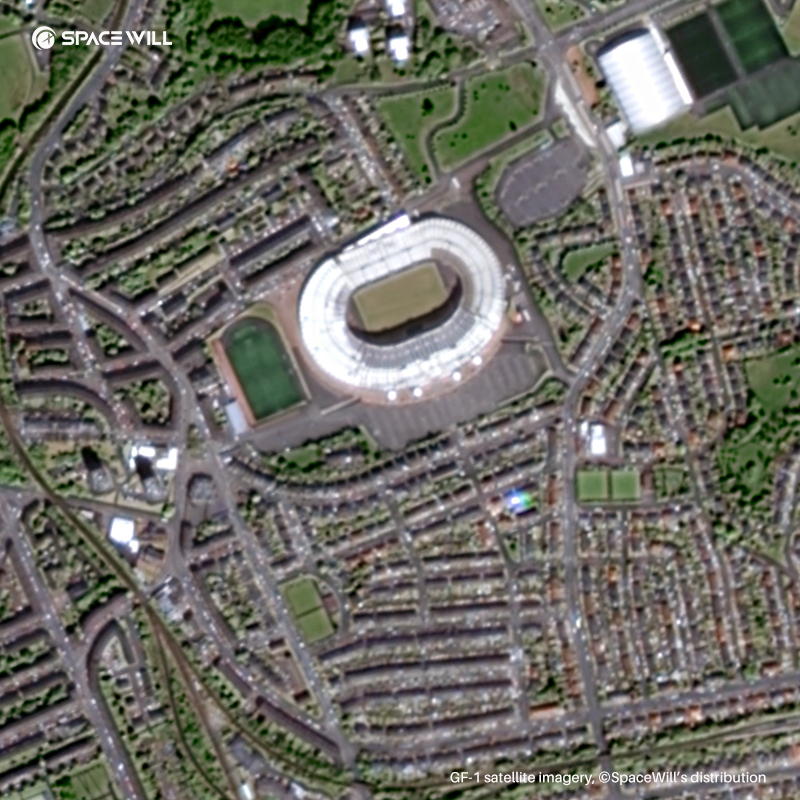
The oldest international football stadium in the world, Hampden Park welcomed what was at the time a world record attendance of 149,415 fans through its doors for Scotland's 3-1 win over England in April 1937. Owned by the Scottish Football Association, who completed their £5.1m purchase of the ground from Scottish League in 2019. Visitors are often critical of the poor sightlines and facilities at the home of Scottish football despite its £50m refurbishment in the 1990s.
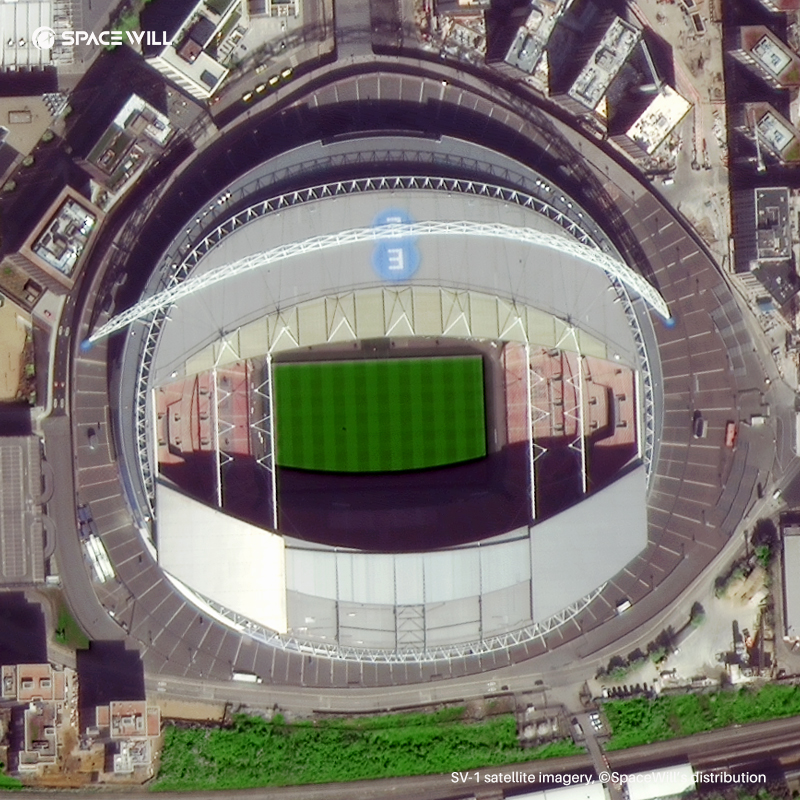
Opened on 9 March 2007, Wembley Stadium was rebuilt for a final price of over £800m and signaled the end of the England team's popular experiment of playing their home internationals in various grounds around the country during their period of enforced homelessness. The 87,000-capacity bowl boasts the longest single roof span in the world in the 135-metre-high Wembley arch, which curves 315 meters over the stadium and supports the ceilings of the north and south stands.

With its translucent exterior that can be lit up in a variety of different colors – up to 16 million of them, the ground Bayern Munich call home is among Europe's more visually arresting stadiums, even if it does at times resemble a giant rubber dinghy. Built with reinforced concrete and covered with a roof made from steel latticework, the entire building is wrapped in diamond-shaped air cushions which are generally illuminated in the team colors of whoever is playing there.

It is the centerpiece of the Foro Italico sports complex north of Rome, the construction of the Stadio Olimpico began in 1928 but was interrupted by the outbreak of the second world war and did not resume until 1950. Largely terraced until 53,000 seats were installed in preparation for the 1960 Olympics, it went on to host games at the 1968 and 1980 European Championships before undergoing major renovations for the 1990 World Cup.

The home of Russian side Zenit St Petersburg. Built on the site of Zenit's former Kirov Stadium at a cost of over a billion US dollars, it is believed to be the most expensive football stadium on the planet. Located 9km from St. Petersburg city Centre, match-going fans are advised to leave for the stadium in plenty of time for kick-off: the nearest metro station to the ground is a mile away, and the temptation to take a ride on one of the several rollercoasters in the adjacent park may be too much for many to resist.
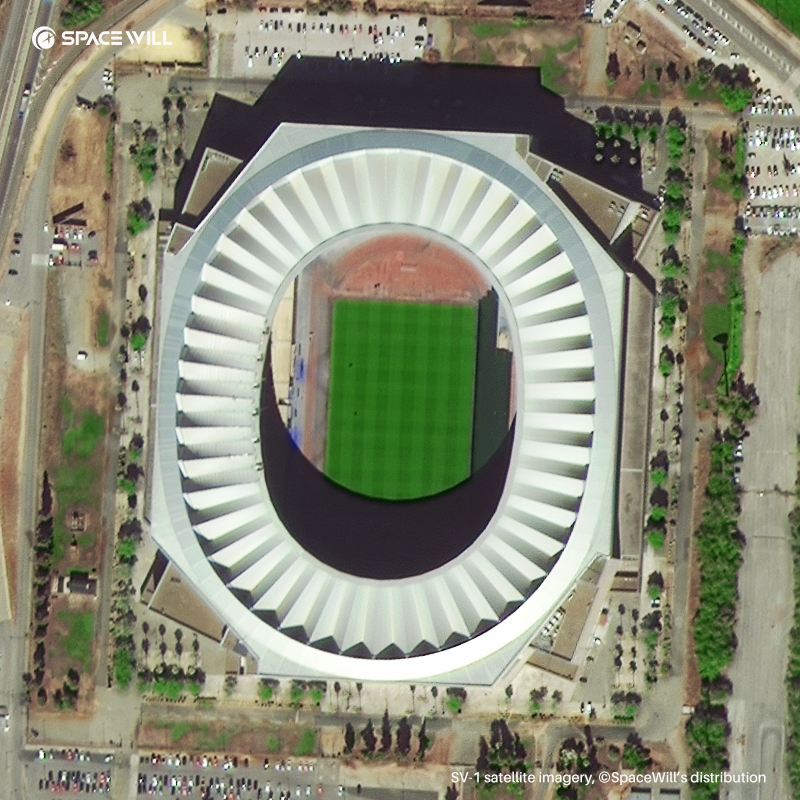
A late replacement for San Mamés, the home of Athletic Bilbao, the Estadio La Cartuja is one of three major stadiums in Seville. Overlooking the Guadalquivir River from its location on the city's Isla de la Cartuja (Island of the Carthusians), it was originally built to host the 1999 World Athletics Championships and was the centerpiece for Seville's bids for the 2004 and 2008 Olympics. In its time La Cartuja has hosted the 2003 Uefa Cup final between Porto and Celtic, the past two Copa del Rey finals and several of Spain's international matches.
-- The above text for stadium's introduction is credited by public source
SpaceWill Info. Co., Ltd. (short as SpaceWill) is a leading provider of EO satellite data and geospatial information services based in China. The company business covers EO satellite data, data processing, value-added products, software, and solutions of Satellite Ground Receiving Station. SpaceWill is the commercial marketing operator of SuperView-1(SV-1) satellite. SpaceWill is the global distributor of Chinese EO satellite data authorized by Chinese government. These satellites include GF-1 (4 identical satellites), GF-2, GF-3(SAR), GF-4, GF-5 (archived data), GF-6, GF-7, ZY-3,01 & 02.
SpaceWill has built a global partner network with around 70+ companies to provide satellite imaging services. And we are recruiting partners around the world. Please contact us via marketing@spacewillinfo.com, or fengrong.yu@spacewillinfo.com, + 86 10 58818811 ext. 840 or +86 13810081424 (for emergency).


